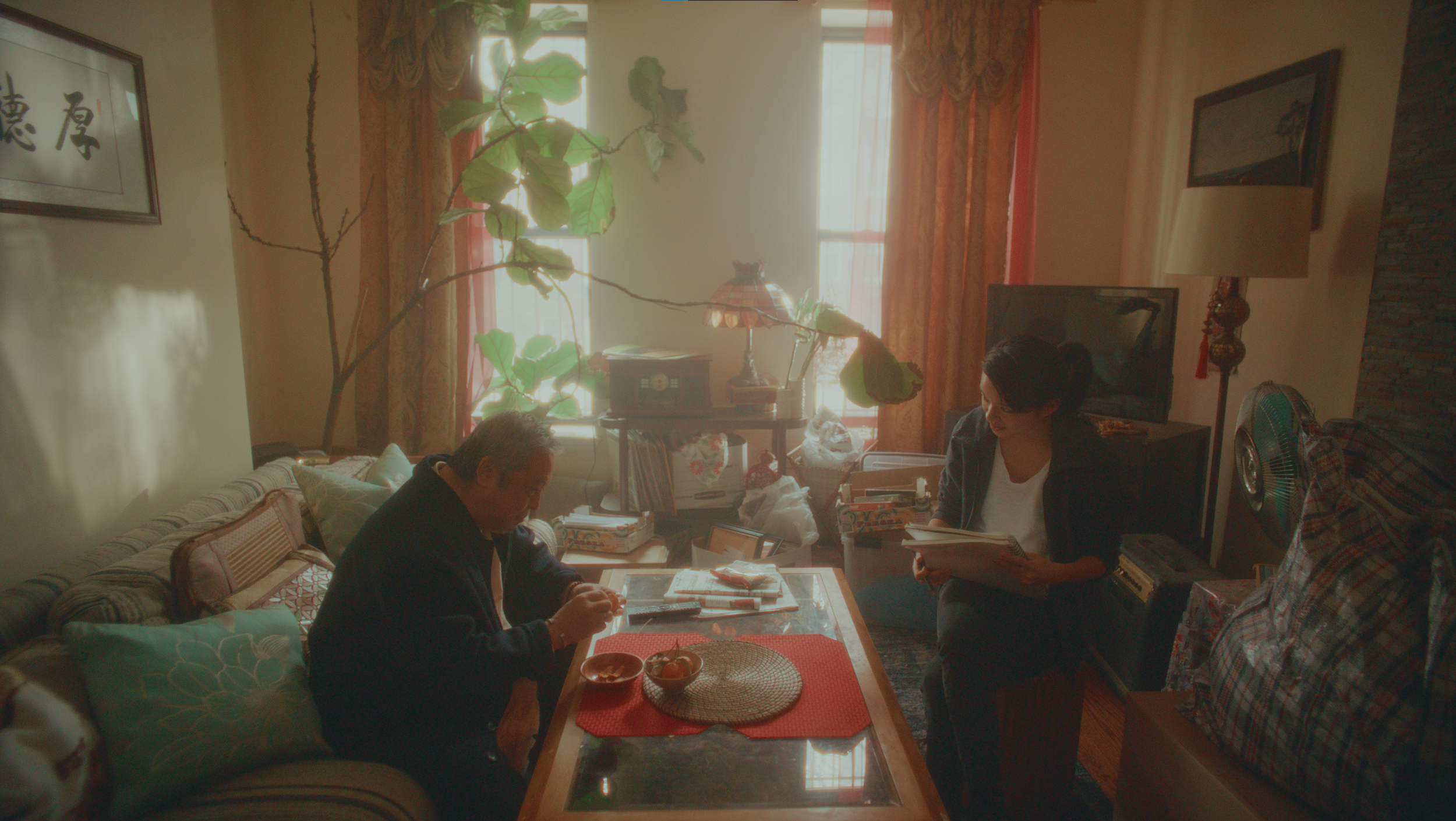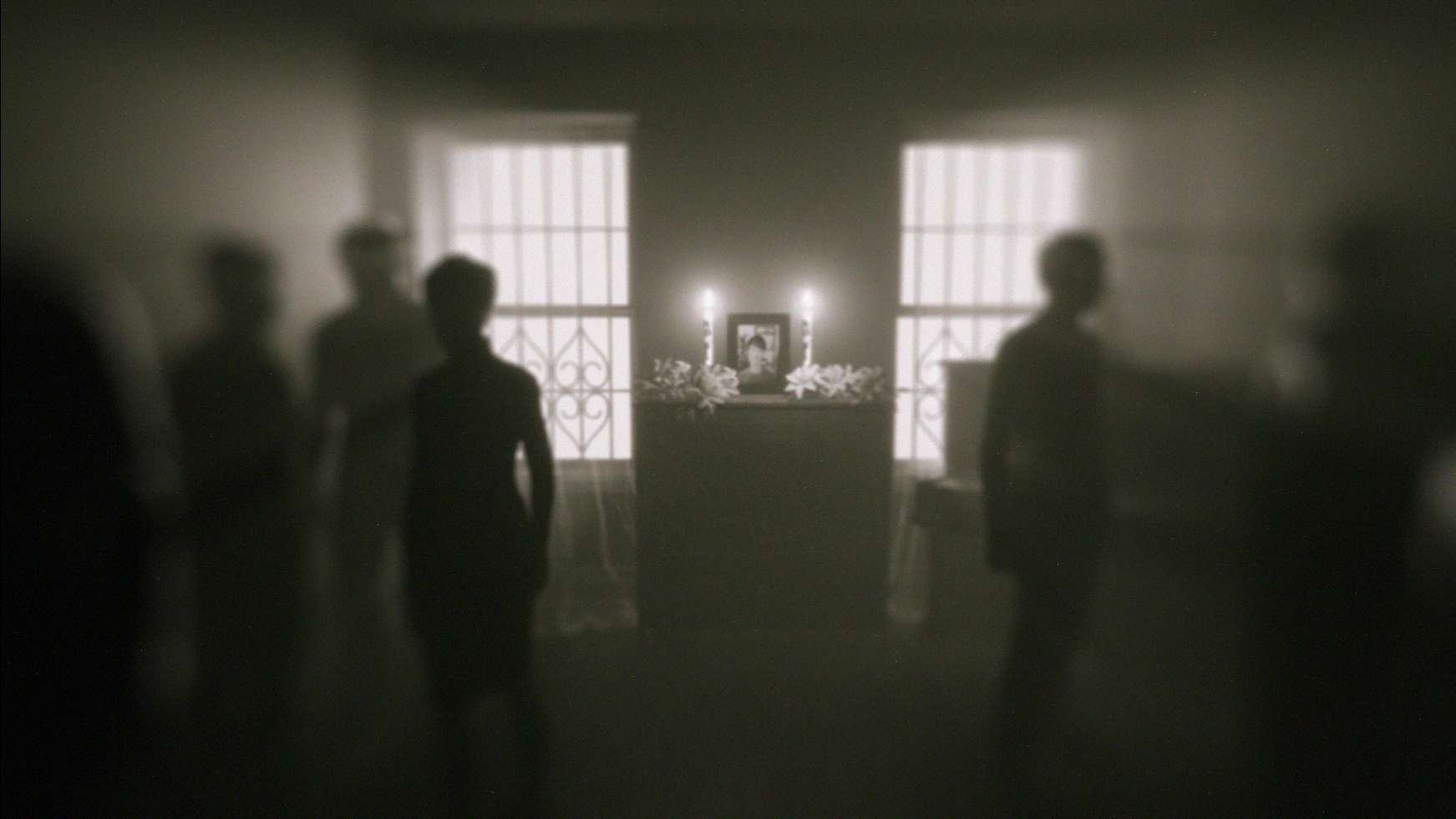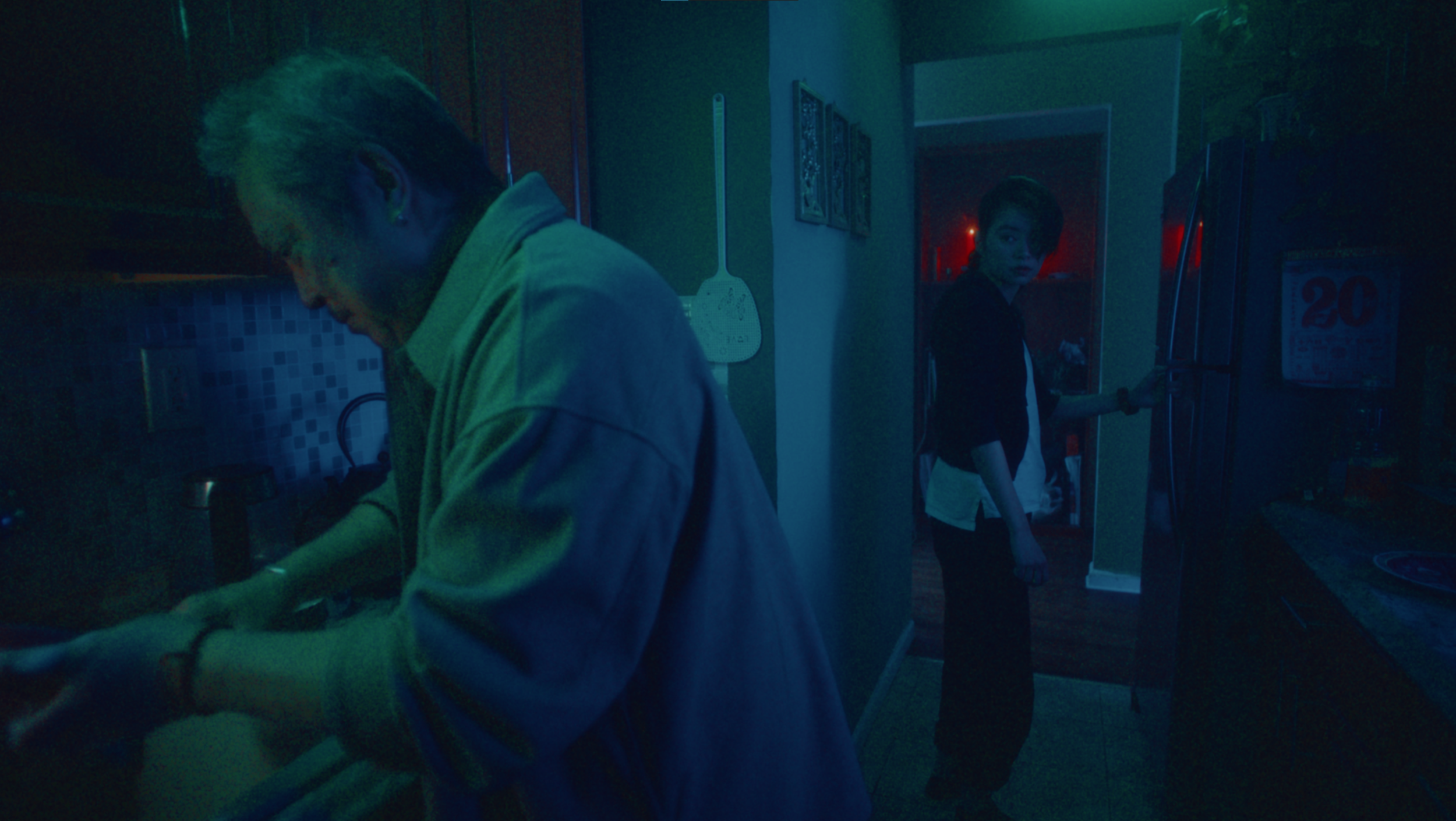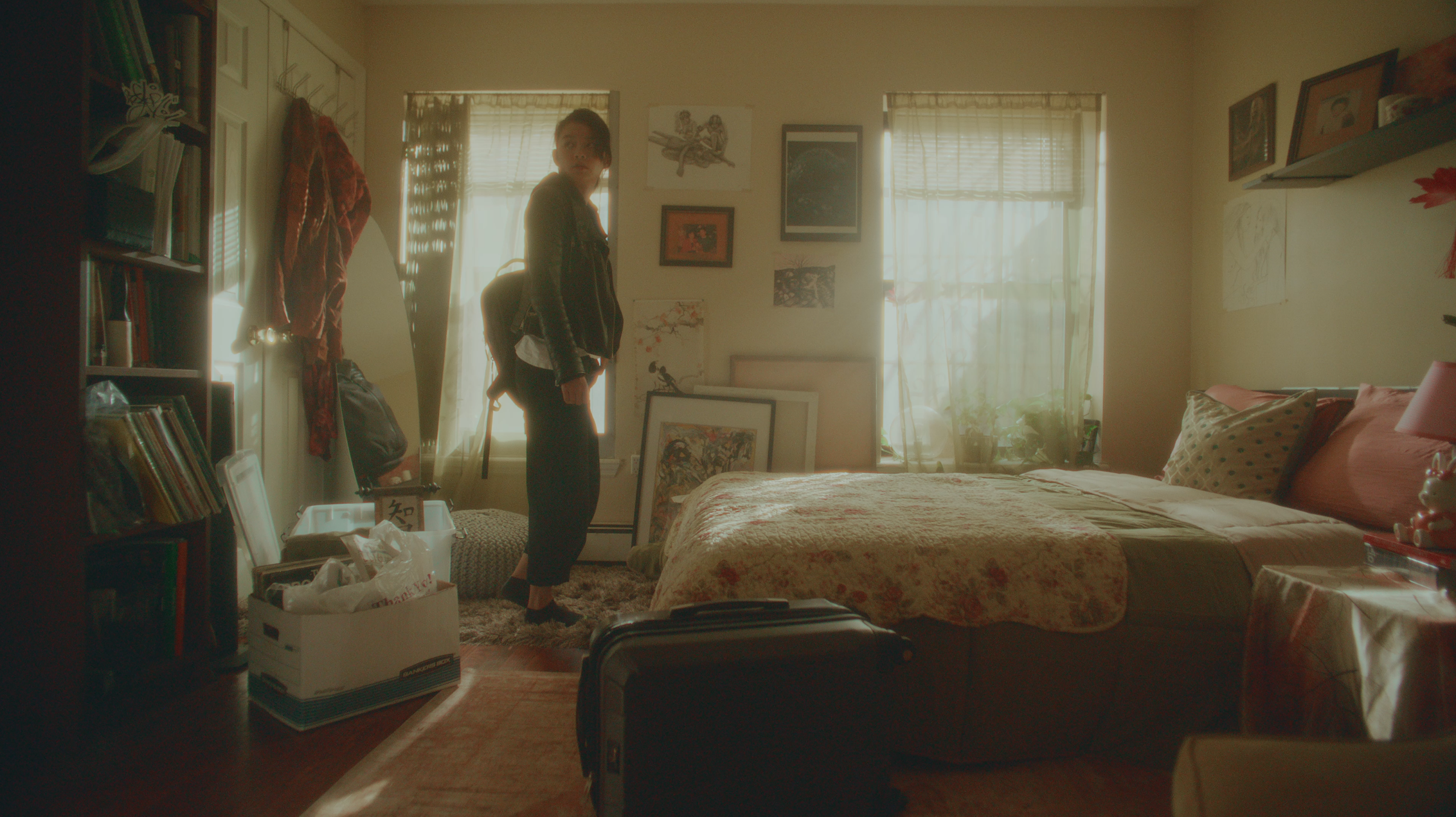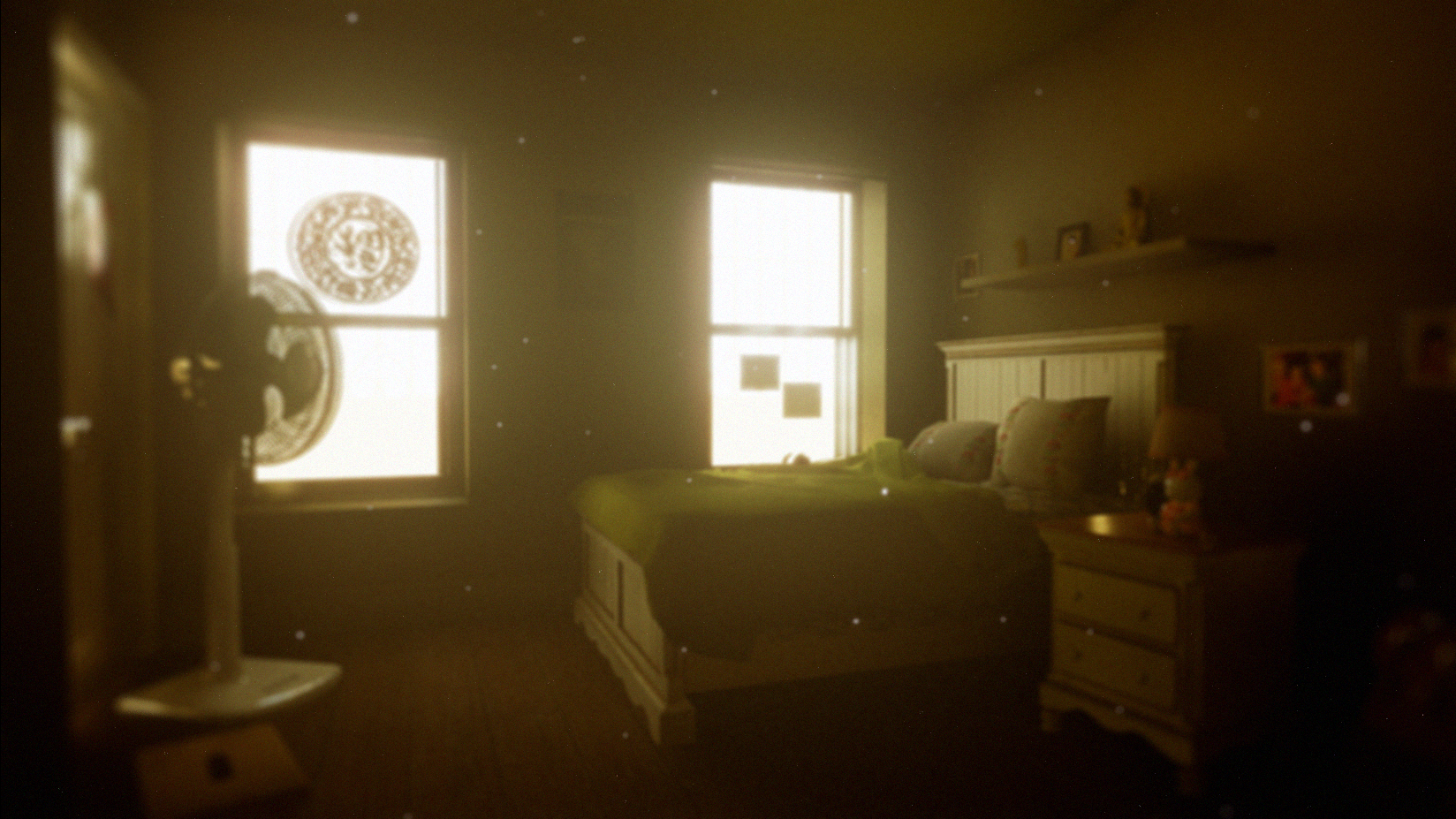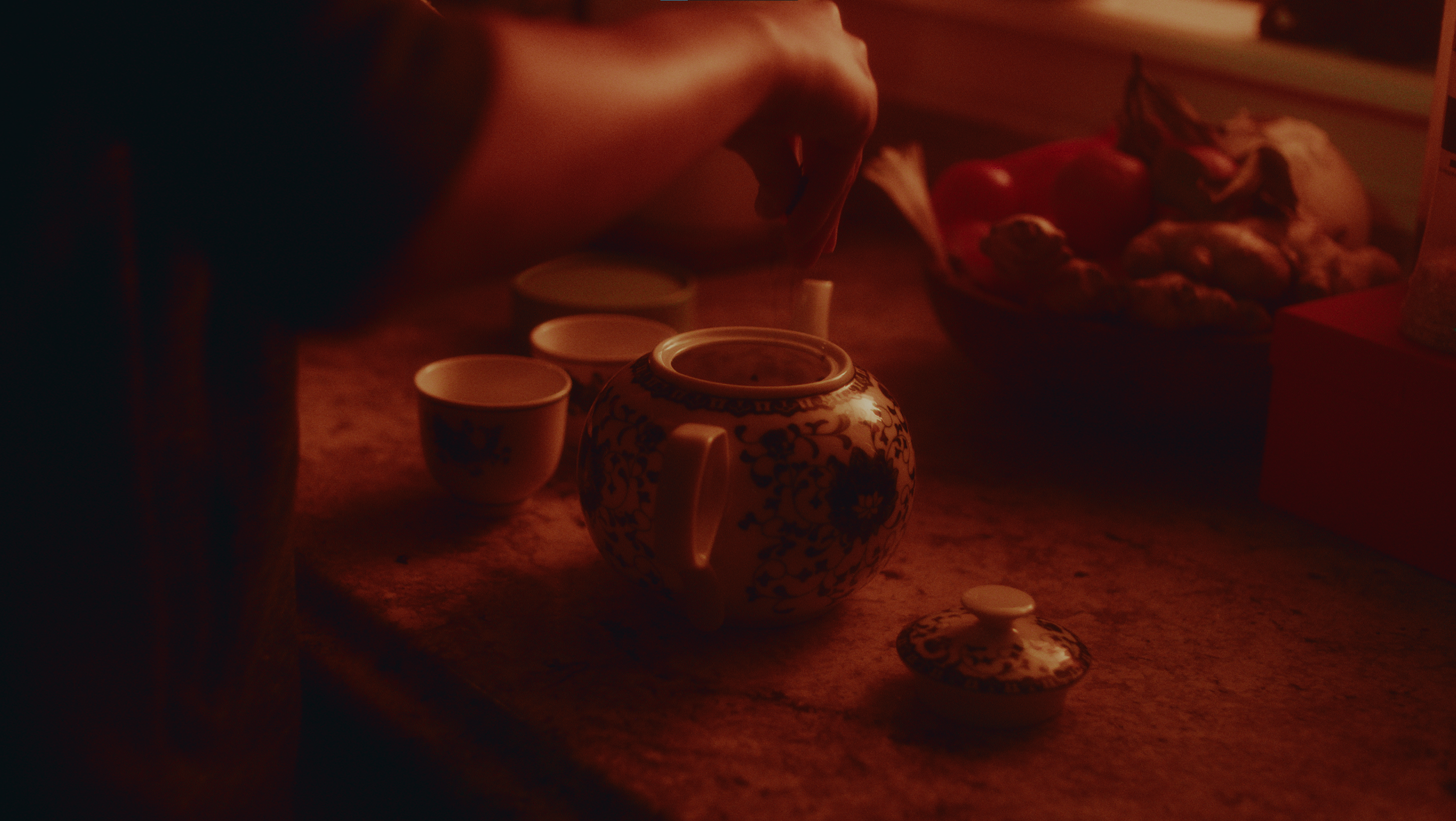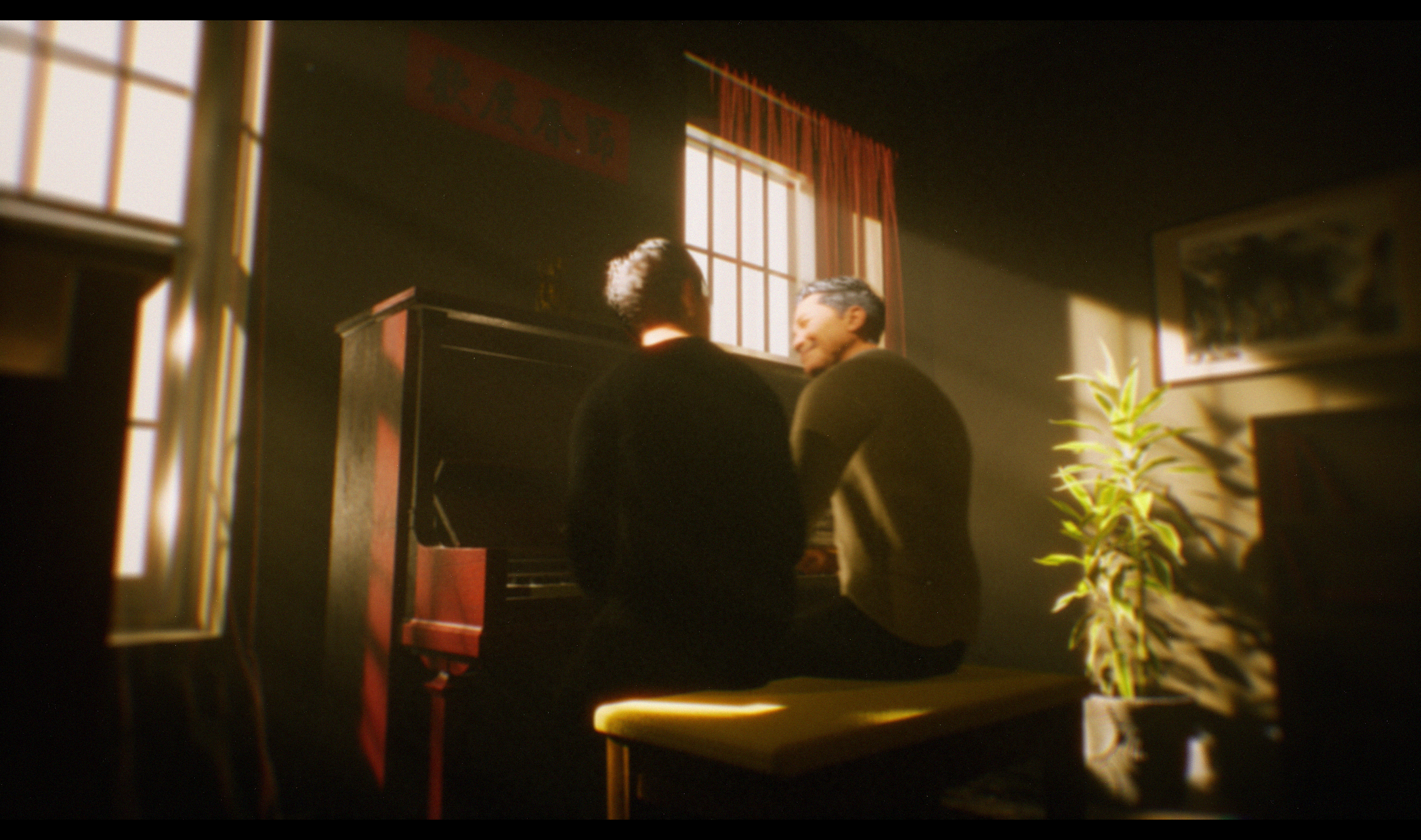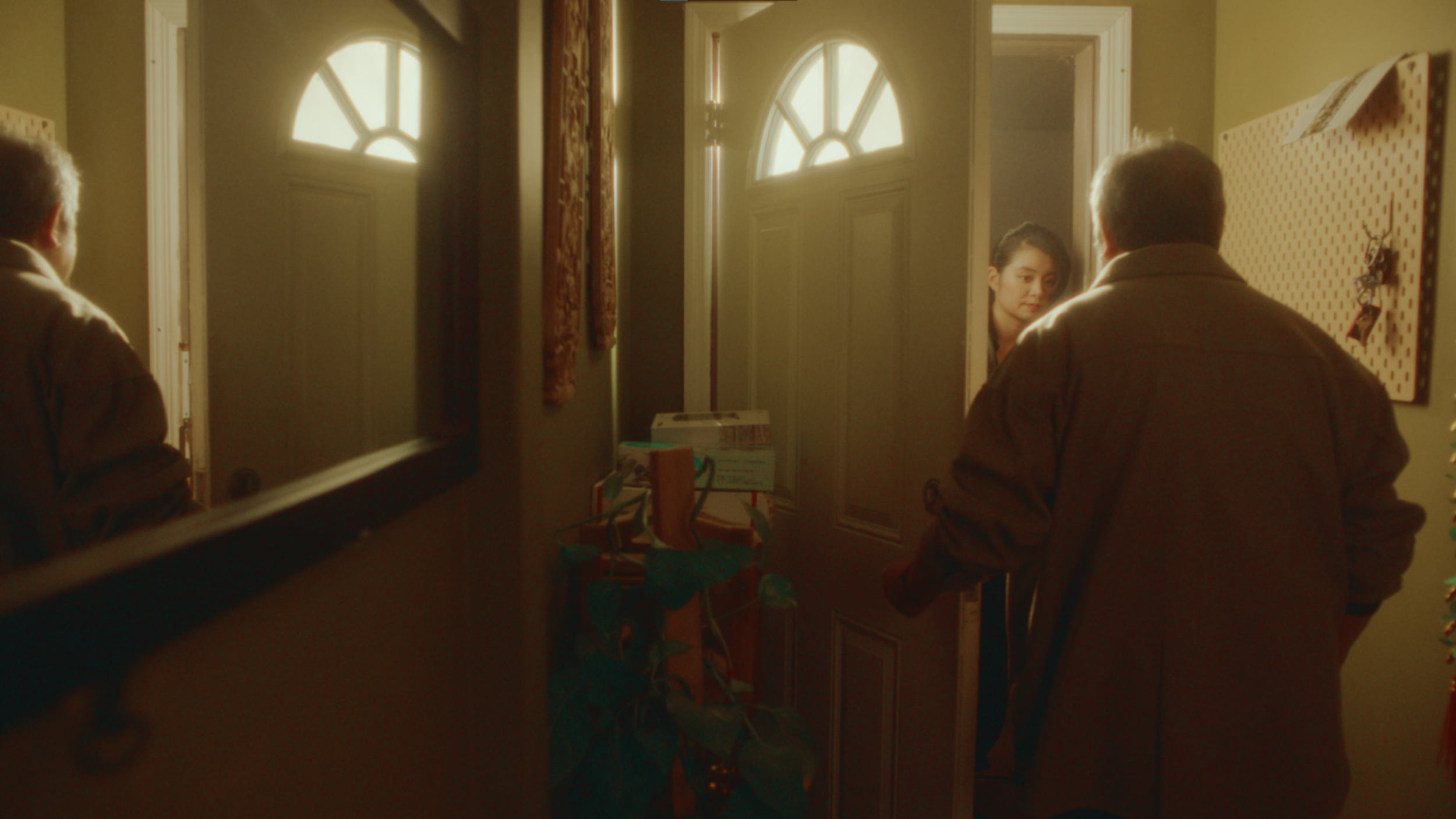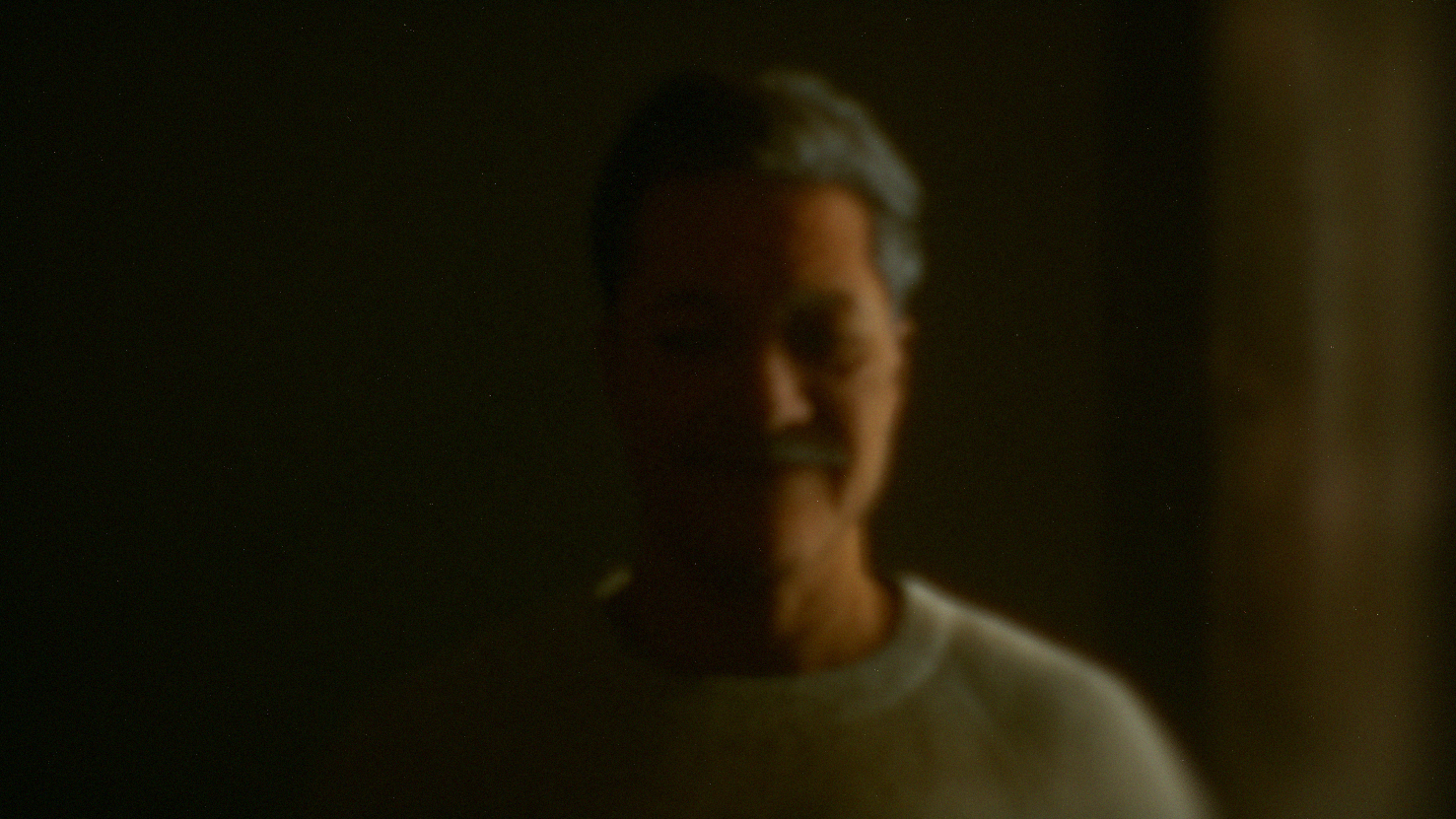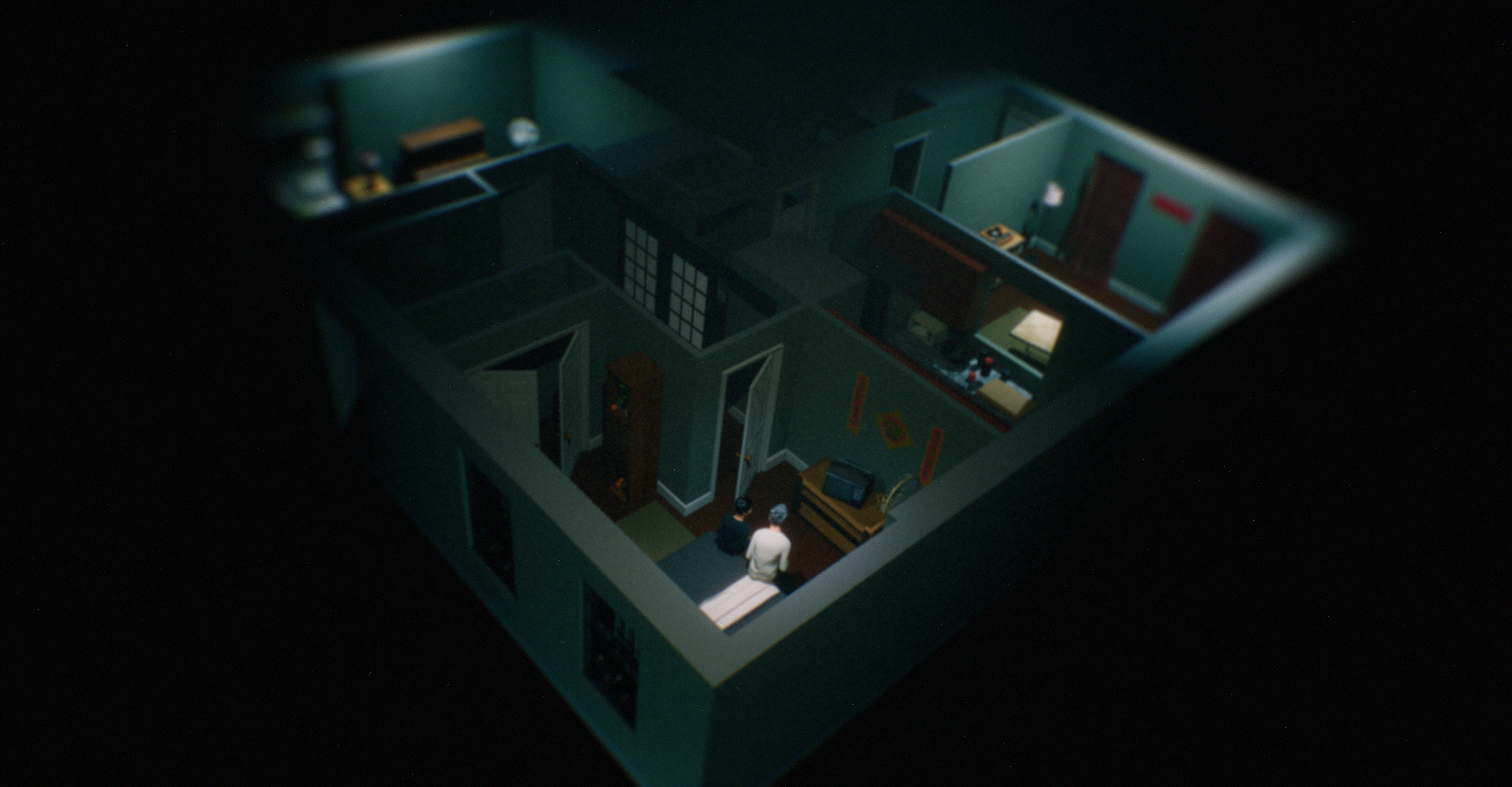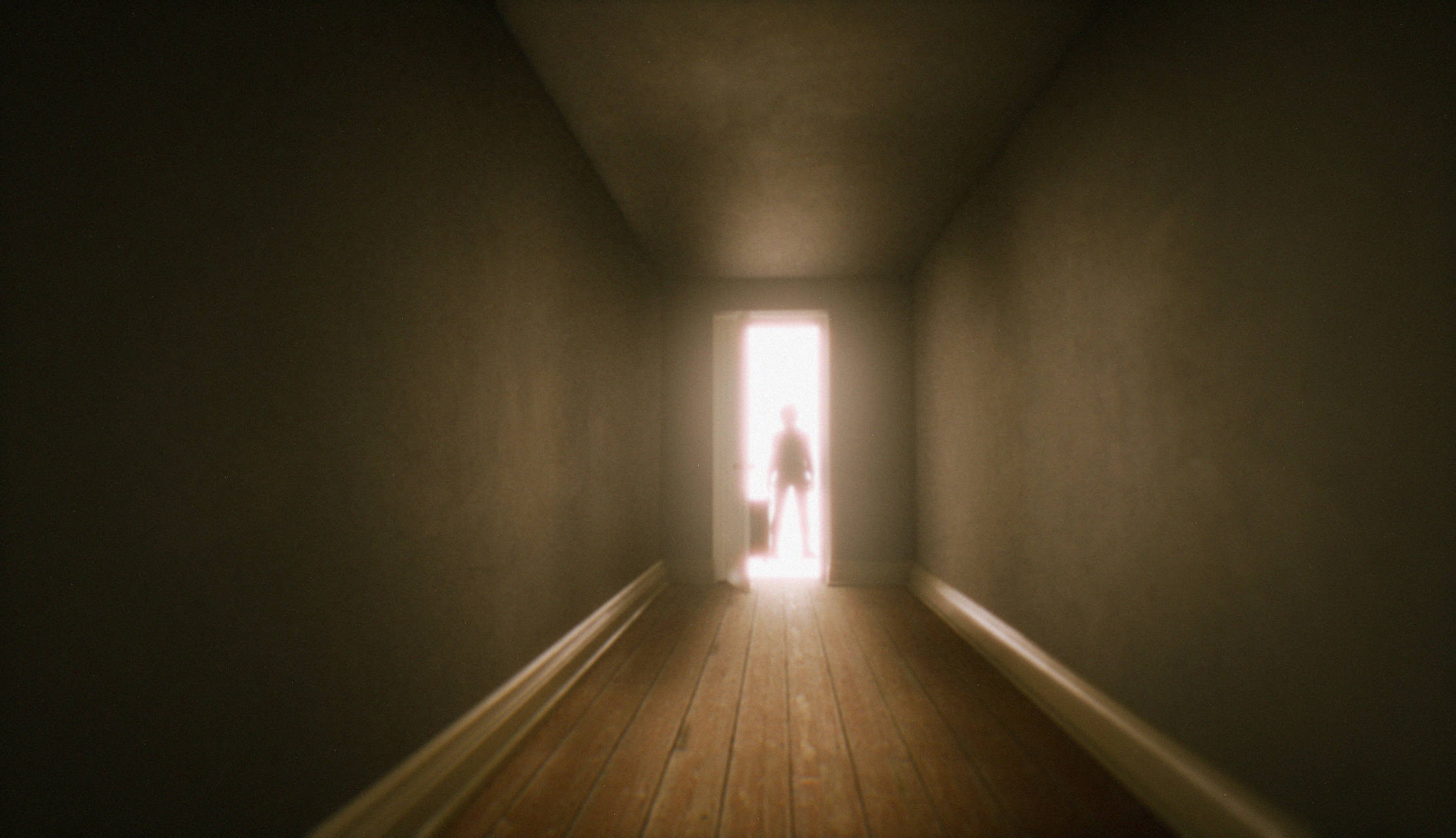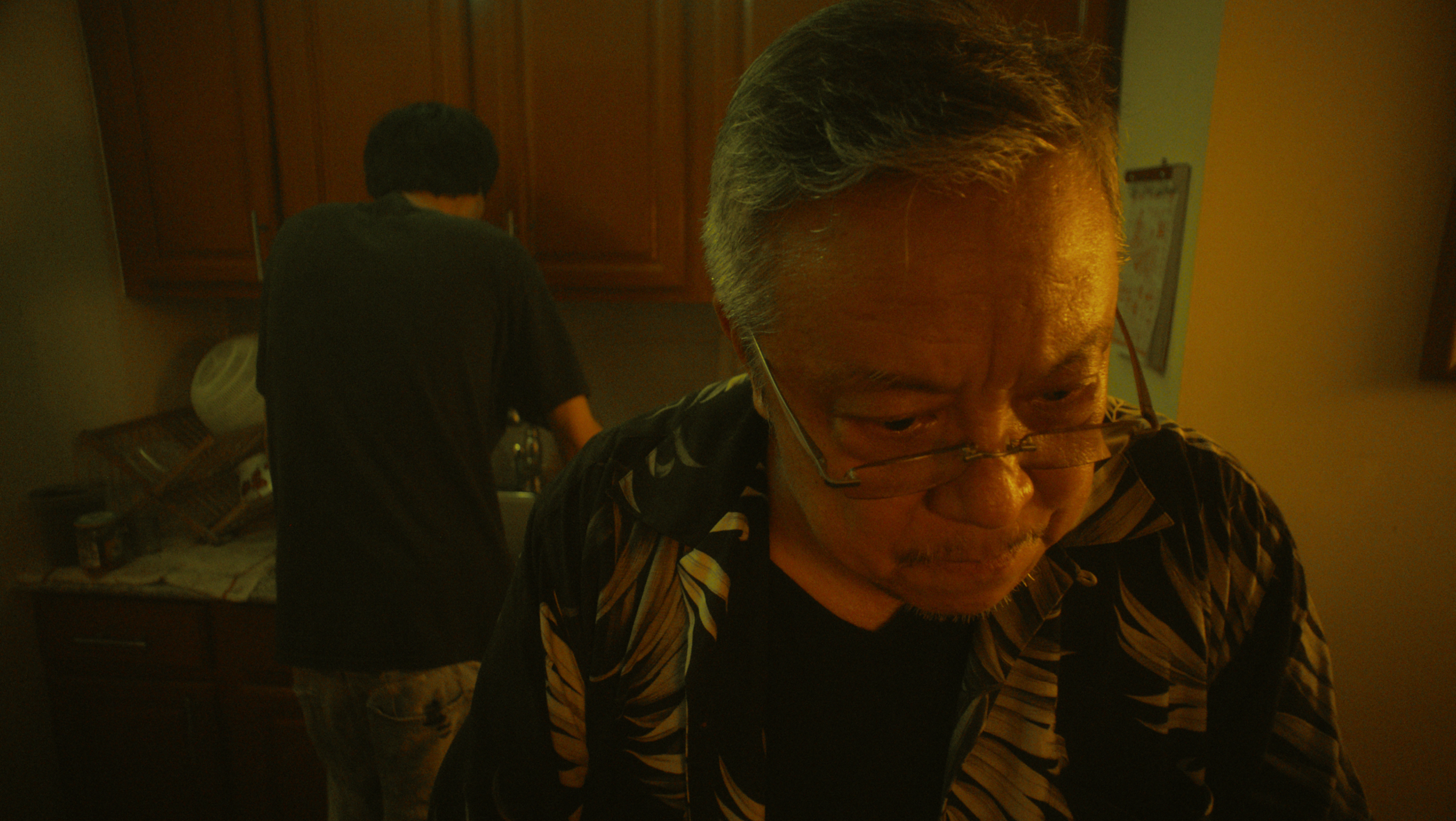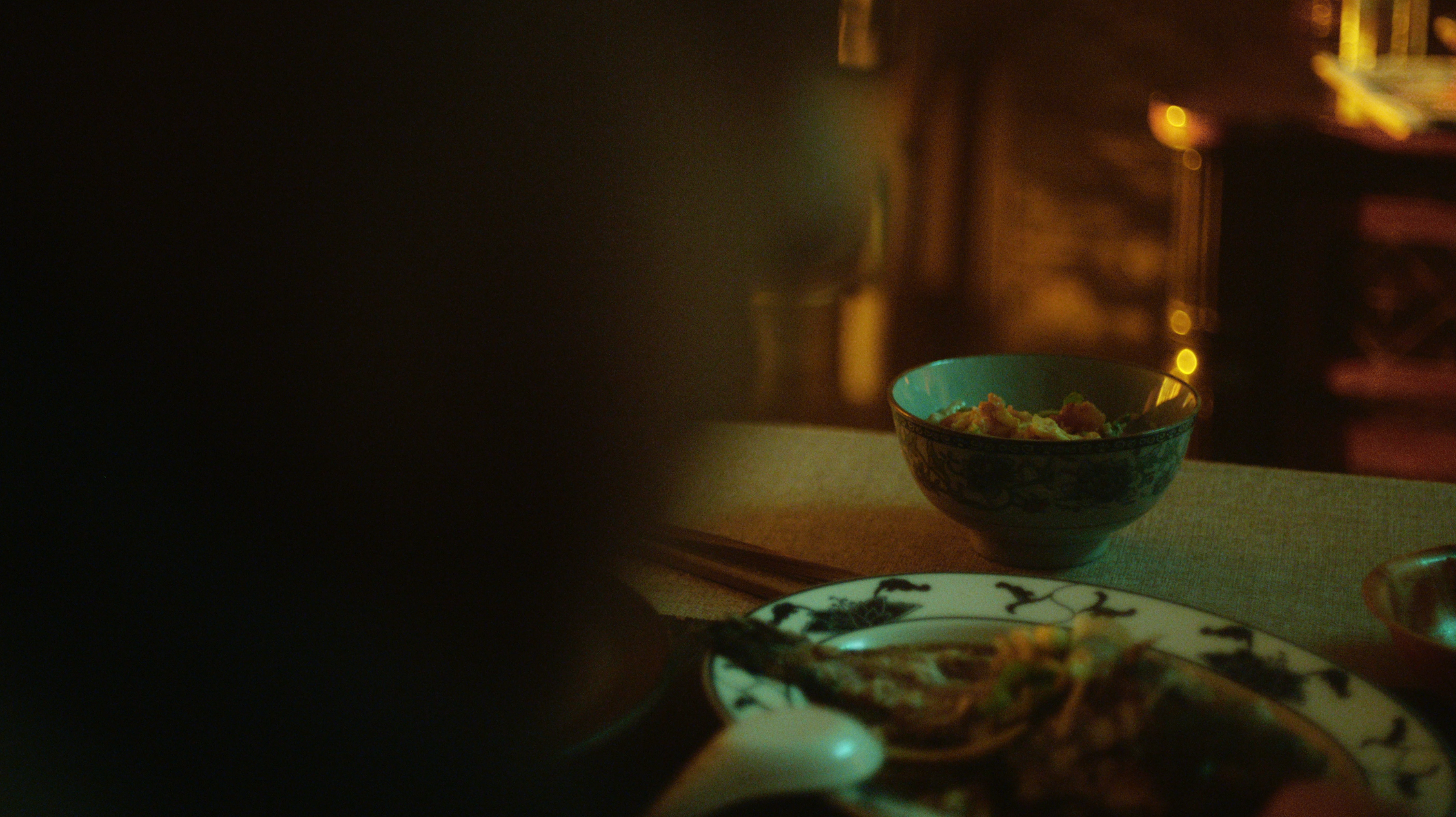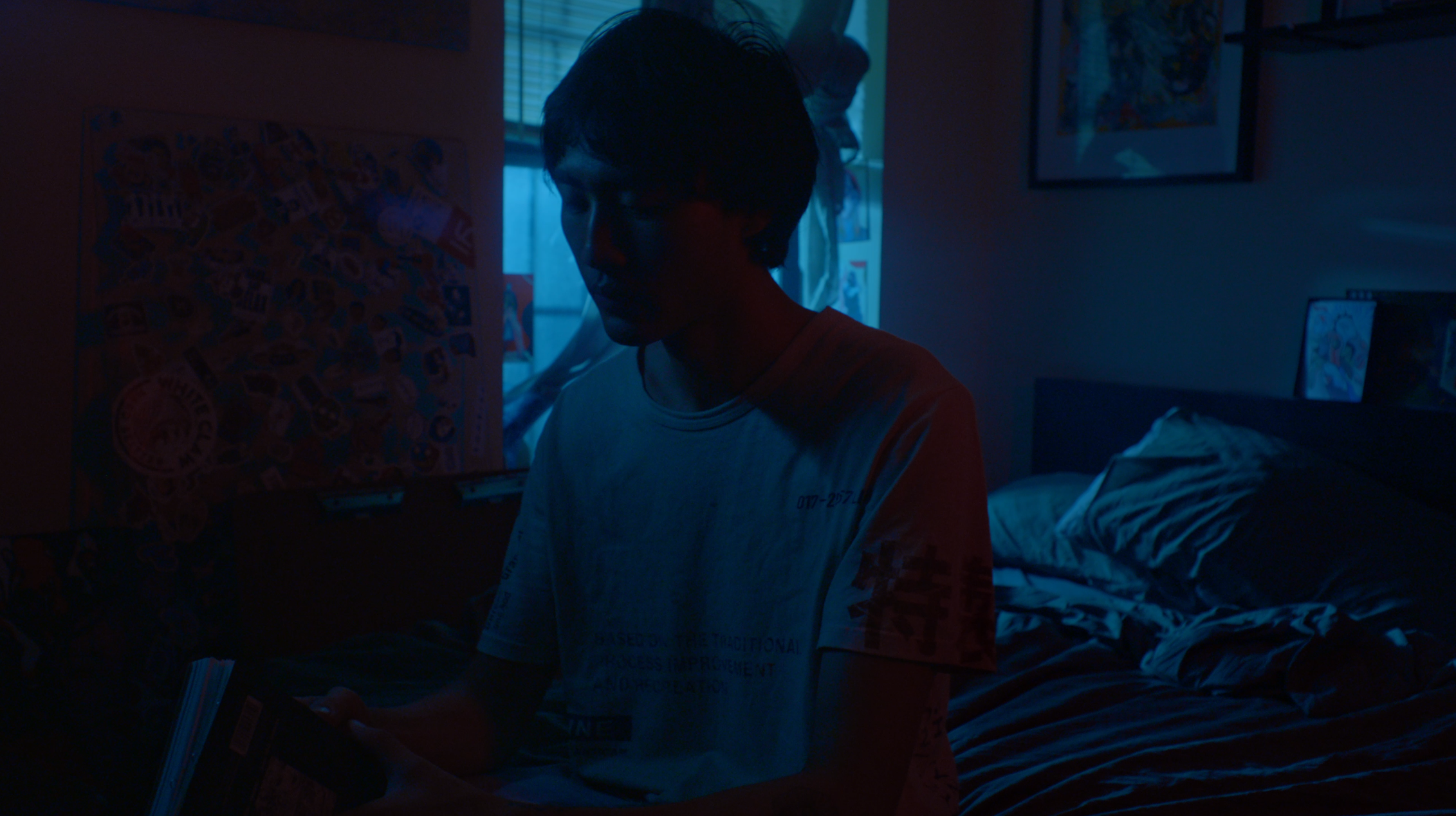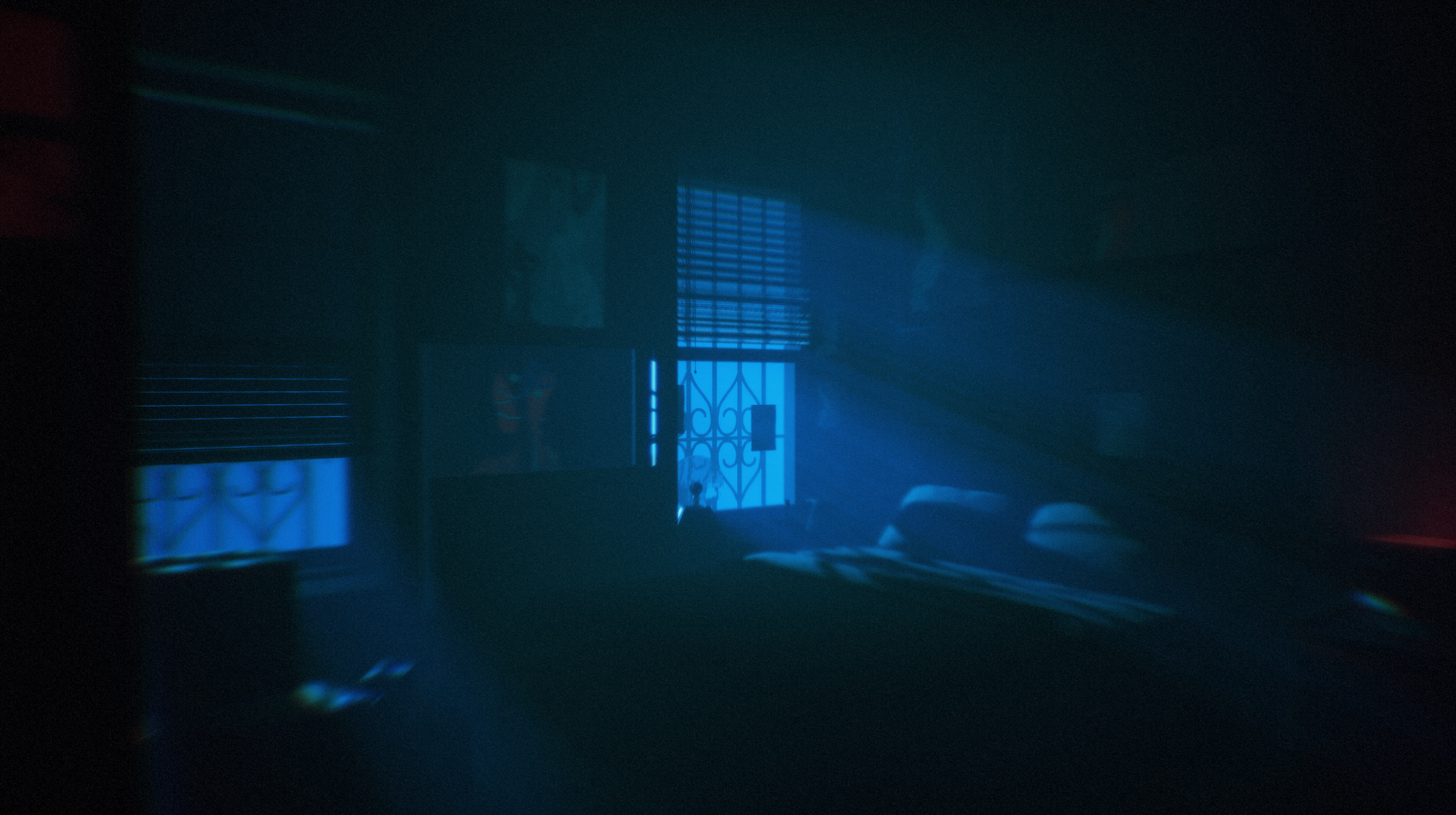Project
-
Doors We Open
Tools
-
Film
Unreal Engine
Motion Capture
Sound Design
Description
-
Doors We Open is a screen-based interactive film that alternates between live action film and 3D gameplay to explore the relationship of an estranged father and daughter struggling to connect over generational trauma. The narrative uses the two mediums as a metaphor for the divide between how we present ourselves to family and our thoughts below the surface.
Doors We Open is currently in its post production phase.
Abstract
Doors We Open is an introspective screen-based interactive short film that alternates between live action film and virtual gameplay. The narrative is set in New York City's Asian American community, and explores the nuances in the relationship between father and daughter through them packing up and selling their family home.
Lia, a young Chinese illustrator, returns home to her single father in their Brooklyn family home after years apart. The pair are distant, divided by their generational differences, individual grief, and changes in their family over the loss of Lia’s Mother. Lia has grown fiercely independent, while her father has stayed home alone, struggling to rekindle his passion as a jazz musician. The pair try to communicate, unsure of each other and sidestepping uncomfortable topics until they approach their shared grief. We experience their reflections, memories, and dreams through their individual perspectives as they attempt to reconnect, heal, and come to a new understanding of one another.
Doors We Open explores the dance between how we present ourselves to family and our thoughts below the surface. The film depicts reality in live action, digging into the cultural nuances of conversation with emotional performances by actors Celia Au and Joe Chan and grounds the story in a familiar home setting. The virtual gameplay sequences give the audience agency to explore the thoughts, dreams, and memories of our characters that go deeper than their external experience through imaginative space, physics, sound, and color.
Context
The story was inspired by our experiences of home during the pandemic. Many of us returned to our families and grew to know each other on new levels - us as adults, and our parents as the people they are without us. We stumbled over daily interactions, often treated like children, while too used to our independence. But with every frustration came a new perspective. We learned more about the people our parents were in the past, the dreams they had, and the sacrifices they’ve made, especially as immigrants. In turn we reflected on our own dreams, our duty to our families, our generational differences, and the places we call home.
To bring this story to life in an experimental medium, I was inspired by many interactive stories across the gaming, film, and media arts industries from early full motion video games to choose your own adventure style films to real time installations done in game engines. To build the unspoken tension between father and child in a home I studied the visual framing and cramped production design of Wong Kar Wai’s In The Mood For Love. Merawi Gerima’s Residue provided a basis for the isolation and surreal experience of returning to a childhood home that’s no longer recognizable. Fullbright’s Gone Home and Giant Sparrow’s What Remains of Edith Finch helped shape the environmental storytelling and tone of a first person immersive walking simulator. Notes on Blindness VR helped me slow down the pacing and craft a no click, gaze based interaction mechanism. Finally, Remedy’s Control and professor Jonathan Turner helped inspire the possibilities of architectural realism and surrealism to ground and distort reality within a game environment.
Technical Details
The live action portions were shot on an ARRI Alexi Mini camera with Kowa Cine Prominar spherical lenses and the virtual gameplay was created in Unreal Engine. To make the transitions between the two mediums seamless, the team developed custom post processing shaders in the game engine to mimic the lens choice and post production grading of our live action footage. The Kangs’ family house in Brooklyn serves as a formal device for the emotional narrative. To translate the physical location into digital, the team made architectural blueprints for the shoot location, then 3D modeled the house in Blender, painstakingly replicating certain portions to ground the player while distorting and bending others to create imaginative environments. Finally, the virtual avatars of the actors were created with MetaHuman creator and performances were recorded in a Vicon motion capture system, then processed with custom shaders to evoke a hazy, memory-like feel to avoid the uncanny valley.
Credits
Director: Kevin Peter He
Writer: Jessica Shen
Producers: David Woon, Ricardo Vilar, Anthony Argento, Lu Zhang
Executive Producers: Winslow Porter, Joyce Keokham, Wesley Chan
Additional Writer: Livia Huang
Cinematography: Isabel Padilla
Production Design: Bethany Yeap
Unreal Engine Developers: Xuelong Mu, Jason Xu
Game Designer: Jason Li
Spatial Designer: Nick Gregg
Composer: Cody Dear
Sound Designer: Elias Jarzombek
Sound Supervisor: Jessica Shen
Technical Supervisor: Todd Bryant
Illustrator: Angie Zou
Associate Producers: Kevin Woon, Zeng Yi
Line Producer: Lu Zhang
Assistant Director: Shane Liao
Gaffer: Rodrigo Obregon
1st AC: Karoline Iversen
Grips: Larry Flores, Rikki Porter
Set Dresser: Jasmine Chang
Hair & Makeup: Emma Ando
Production Assistant: Drew Palmer
Sound Mixer: Dolmar Pedro
Sound Assistant: Samuel Perez
Shot on Arri Alexa Mini
Virtual scenes created in Unreal Engine
Motion Capture done in Vicon and retargeted in Shogun
3D Avatars created with MetaHuman
3D Architecture modeled with Blender


